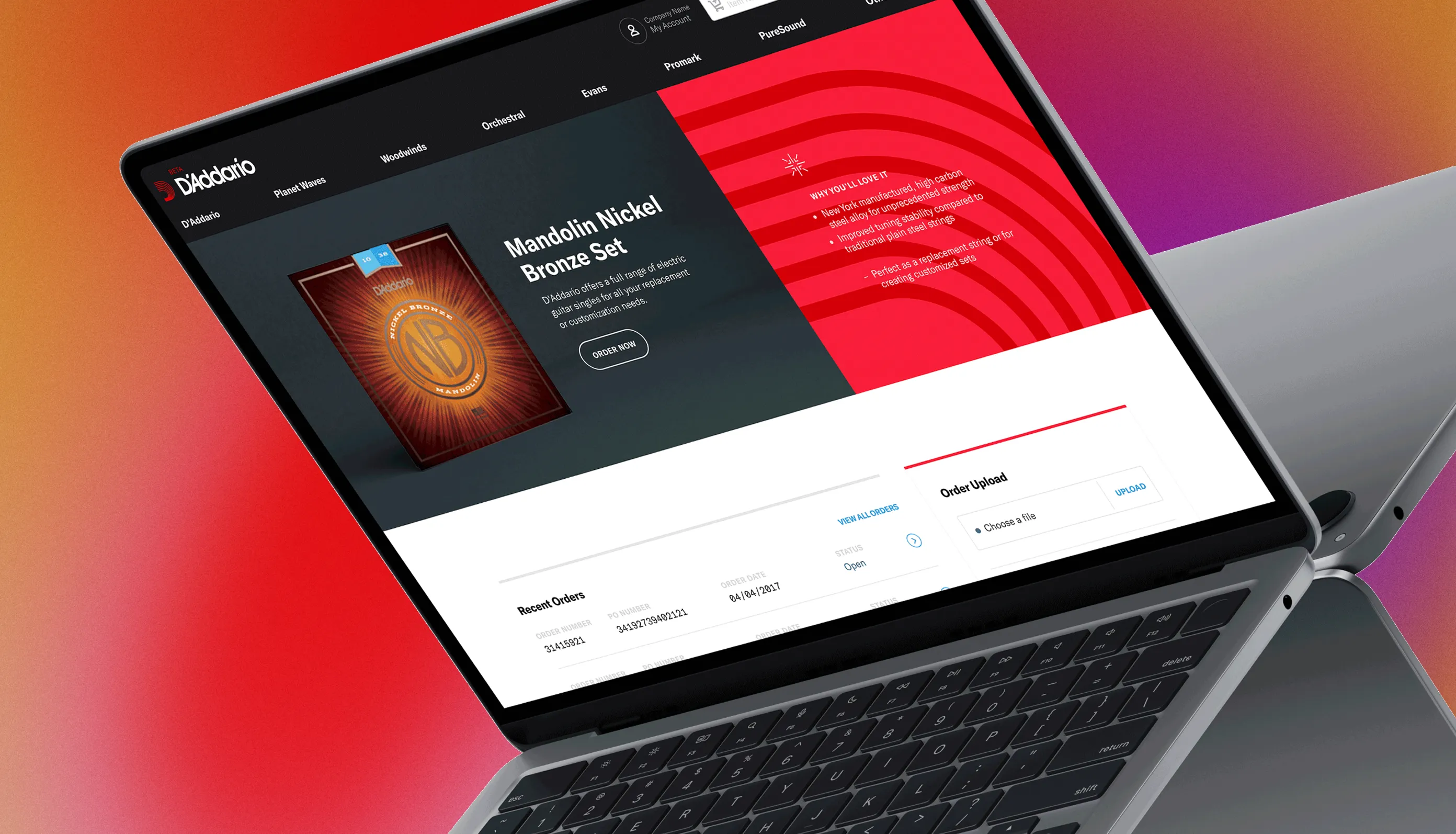Challenge
The fragmented approach created critical business challenges. Customers encountered different navigation patterns and checkout processes across brands. Product discovery suffered from inconsistent categorization. Most importantly, SRAM had no direct customer relationships, relying entirely on dealer networks without capturing valuable consumer data.
Operationally, the infrastructure was inefficient. Content management required separate workflows for each brand. Customer service lacked unified histories. Marketing efforts were siloed, preventing cross-brand opportunities.
Technically, legacy systems couldn't support dynamic product configurations needed for Zipp's complex components or integrate with SRAM's enterprise systems. Without unified digital foundation, SRAM risked falling behind competitors creating seamless direct-to-consumer experiences.



